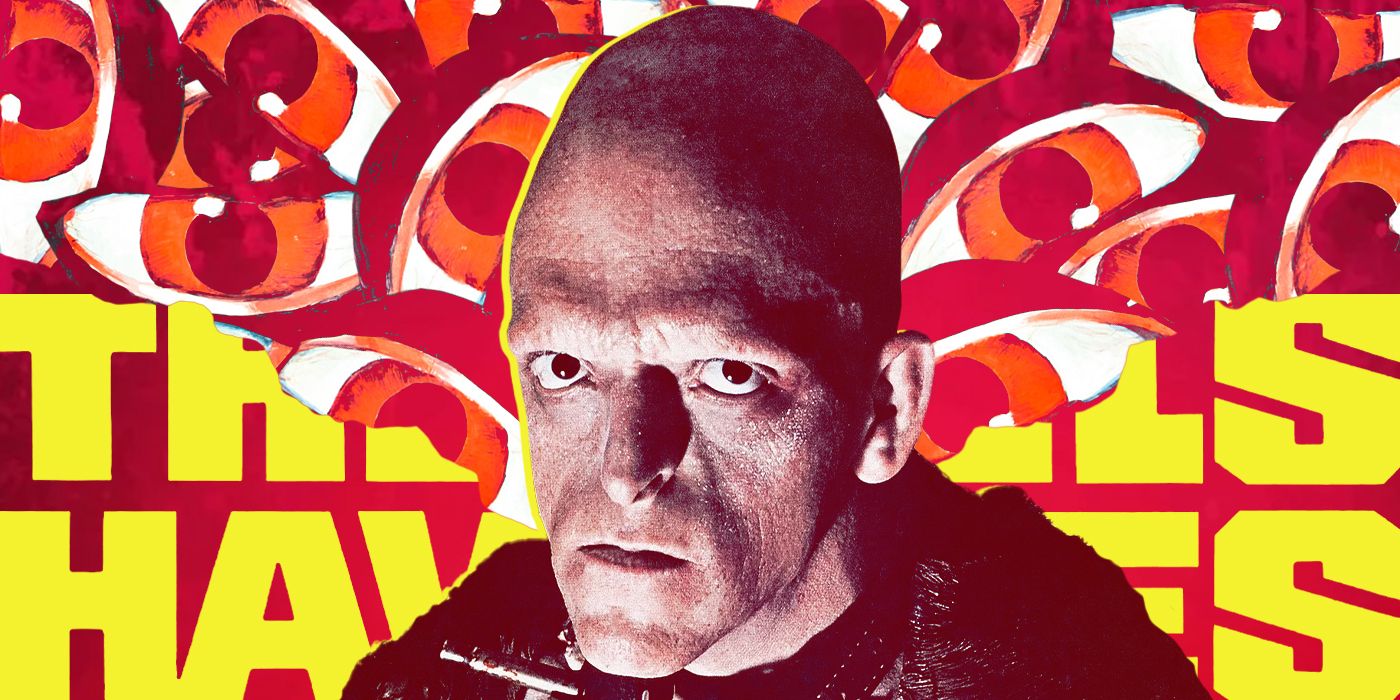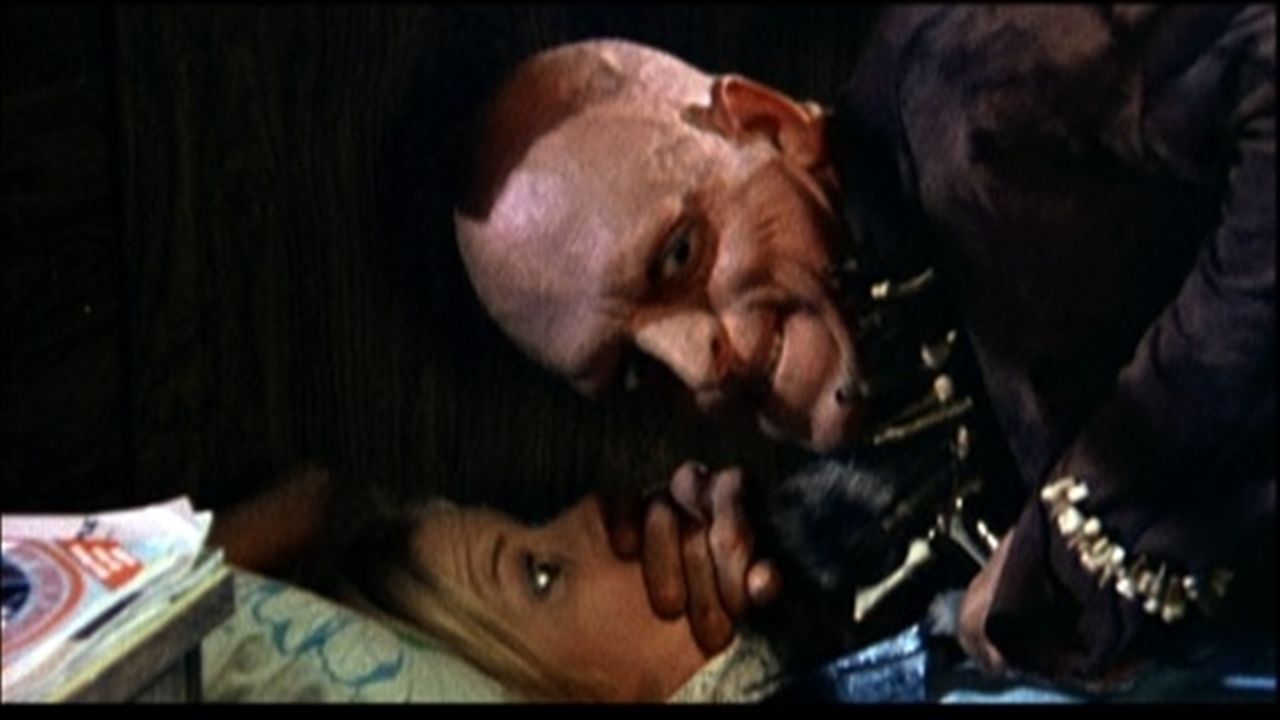From The Last House on the Left (1972) to Scream 4, Wes Craven has an impressive slate of horror movie credits. The famed director is known to push the boundaries on horror and bend the genre to his liking, much to the delight of audiences. Craven is also known to cite folk stories or other historical myths as inspiration for many of his movies. One such inspiration for his cult classic The Hills Have Eyes (1977), is so gruesome and so bizarre that it’s almost shocking Craven could turn it into an even more horrifying movie experience. Enter the legend of Sawney Bean.
As far as good stories to adapt to horror go, the Scottish folk legend of Sawney Bean was ripe for the picking. When Wes Craven was researching at the New York Public Library, he happened across the 16th century Scottish folklore and was hooked. It was only a hop and a skip away to write and direct the visceral, violent, and somewhat satirical film that would inspire fans and fellow filmmakers alike for years to come, The Hills Have Eyes.
The Life of the Bean Clan
The first account of Sawney Bean came from a sort of jailhouse tabloid dating back to the 18th century called The Newgate Calendar. Granted, this was decades after the purported life of Bean and his family, so it is considered exaggerated and changed over time as any good legend does. The story recalls a young man named Alexander “Sawney” Bean, who grew up to have a distaste for his father’s honest trades of ditch digging and hedge trimming. Sawney left home with Black Angus Douglas, a local accused witch who shared some dark inclinations with Sawney, namely cannibalism. The couple fled society for the more brutal lifestyle of wilderness, living near the Galloway Coast.
Throughout the twenty-five years that the family lived in the area, their clan grew to almost fifty members including fourteen children of their own, and some estimates say thirty-two grandchildren. Due to the isolation from society, the family grew from within - incest, most likely giving rise to some genetic irregularities, a point that Wes Craven would exaggerate in his film to a grotesque effect. The family remained in the cave, hidden for years, preying upon the poor and unlucky travelers in the area at night, robbing and cannibalizing their victims to stay fed. They were even said to have dismembered and pickled the body parts for consumption.
There Could Have Been Over 1,000 Victims
Although historians disagree, it is said that there could have been over 1,000 victims of the Bean family in the time they were active. The disappearances were not always easy to keep track of, considering the record keeping of the time. The disappearances were said to have been blamed on suspicious innkeepers or wild animals. According to another account of the legend in a 1719 book by Alexander Smith, it was only after a couple was attacked, and the man fought for his escape, that attention was finally brought to the fact that a clan of wild people were responsible.
When word finally got to the local magistrate that there was a family of vicious cannibals preying on the innocent, the King at the time, James VI, sent 400 men and some bloodhounds to perform a thorough search of the area. Eventually, a cave hidden by high tide and nearly 200 yards deep was discovered. The legend says that the cave itself was littered with barrels full of limbs, jewels, clothing, and items from victims, as well as hands and feet strewn along the walls. The Bean clan, nowhere to go, is said to have surrendered to the overwhelming force that met them at their doorstep. A dark fate awaiting them.
The Fate of the Bean Family
The legend tells that the family was placed in Old Tolbooth prison where onlookers and curious masses gathered to get a look at the savage family that was responsible for so much death. The family was given no due process and the men had their genitals removed and tossed in fire as well as their hands and feet severed, causing them to bleed to death. As for the women and children, they were made to watch the fates of the men in the Bean family and then burned alive or hanged.
Such ends the tale of Sawney Bean and his family of cannibals. Craven even found a level of understanding in the story to spring from in making The Hills Have Eyes, saying in a 1977 interview for Arrow Magazine (via Unilad) that “they weren’t doing anything that much worse than civilization did when they caught them. And I just thought what a great kind of A/B of culture. How the most civilized can be the most savage and how the most savage can be civilized.” Although the validity of the story is still up to much debate, it would nevertheless birth one of the most iconic horror movies of all time.


